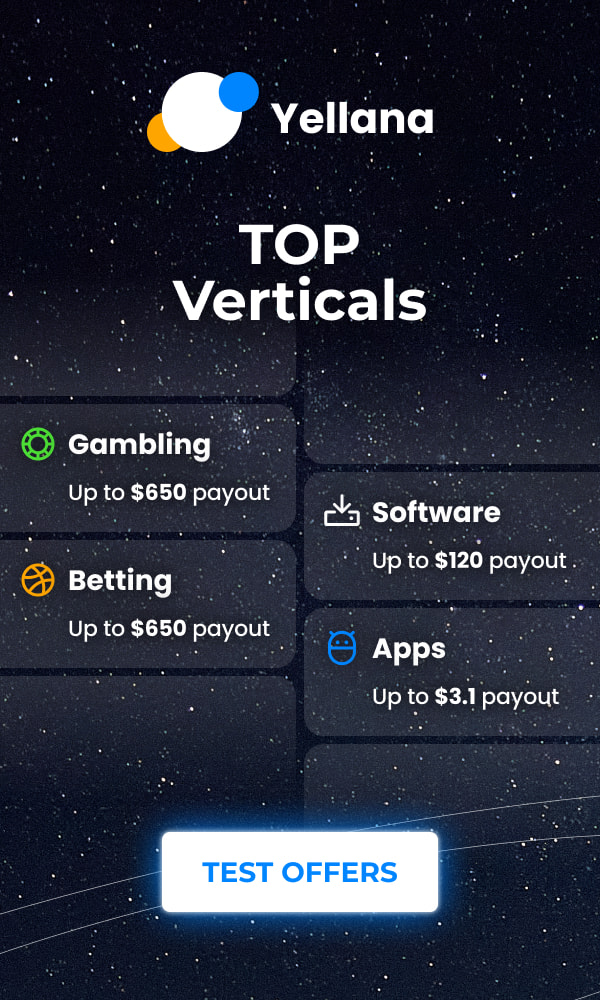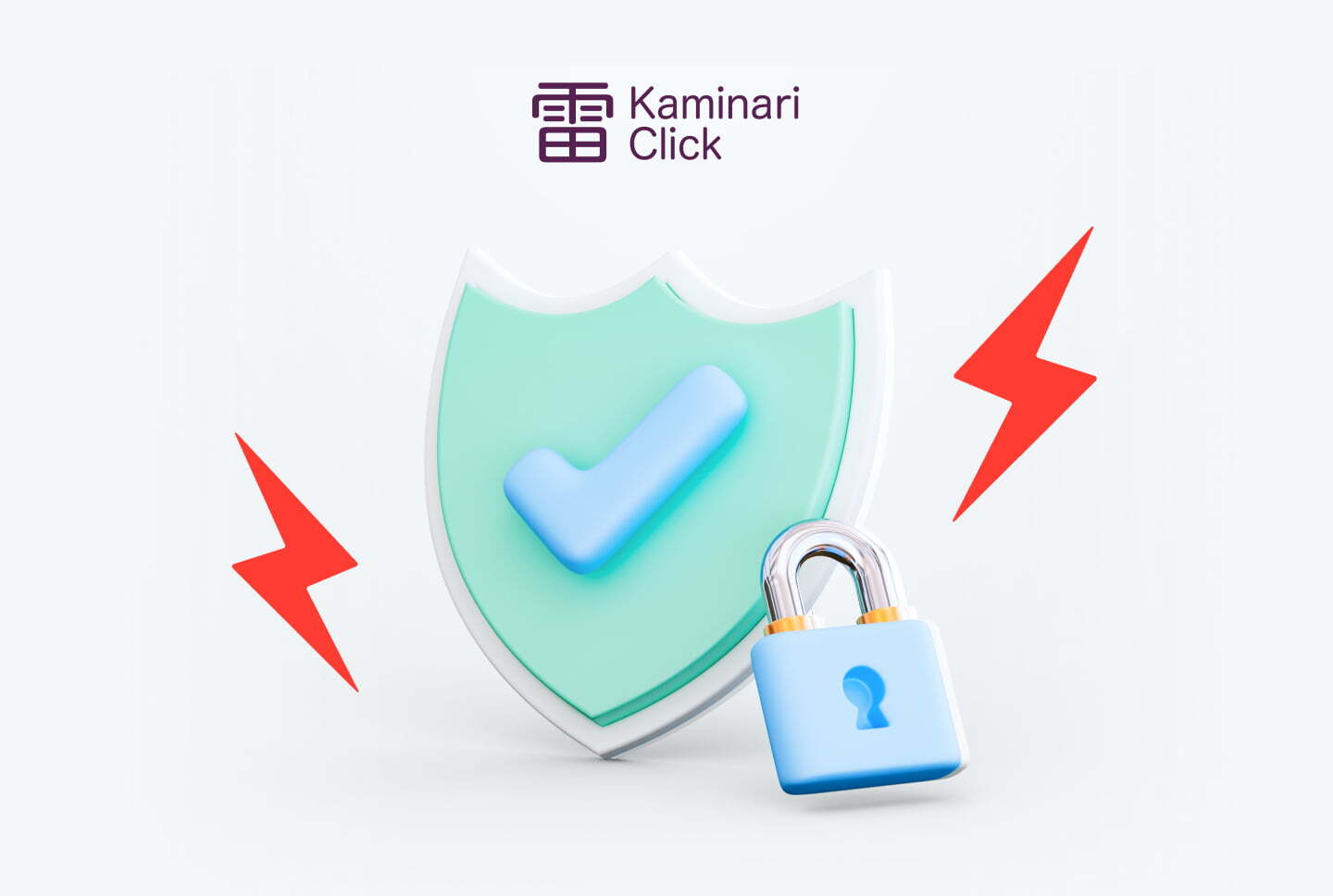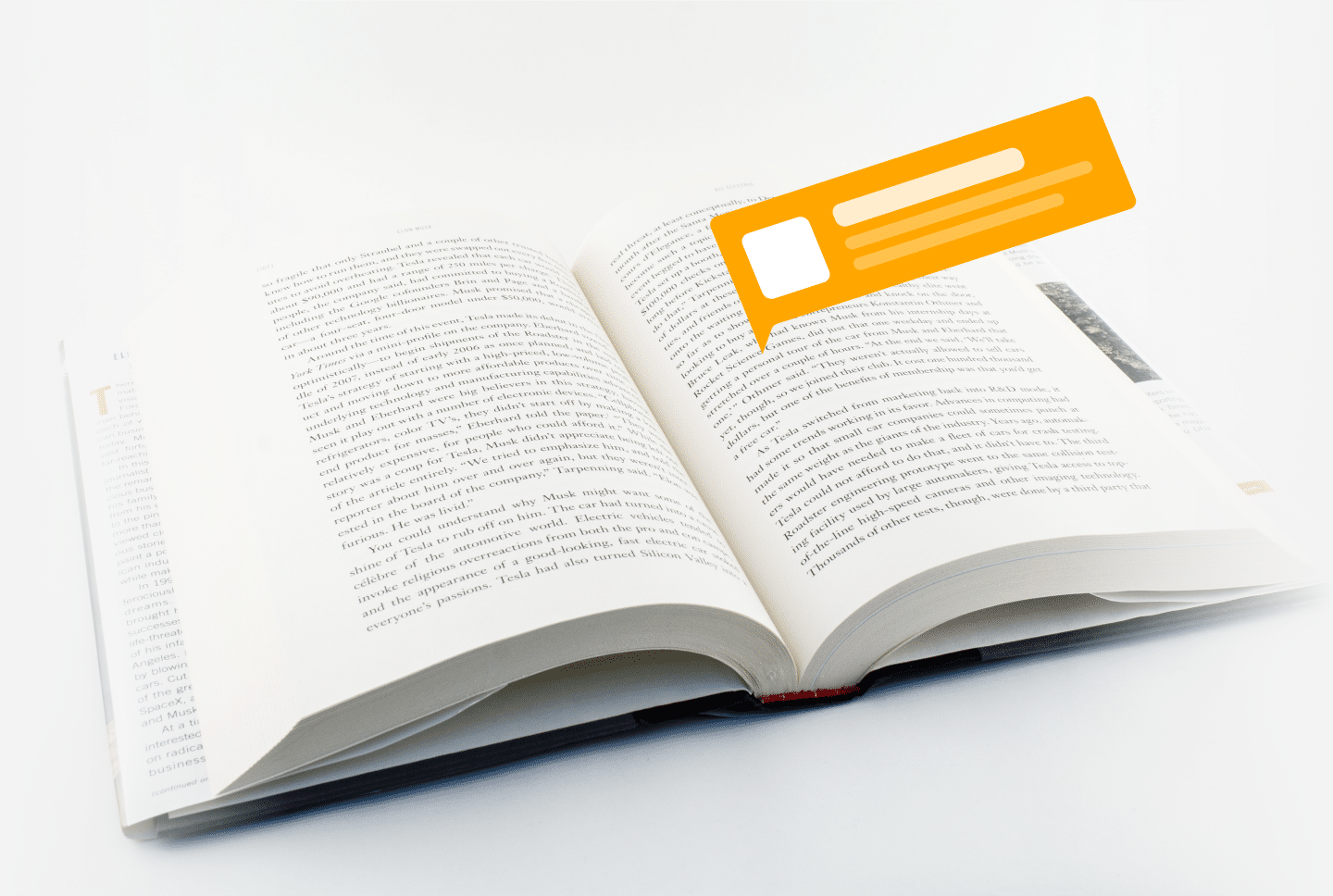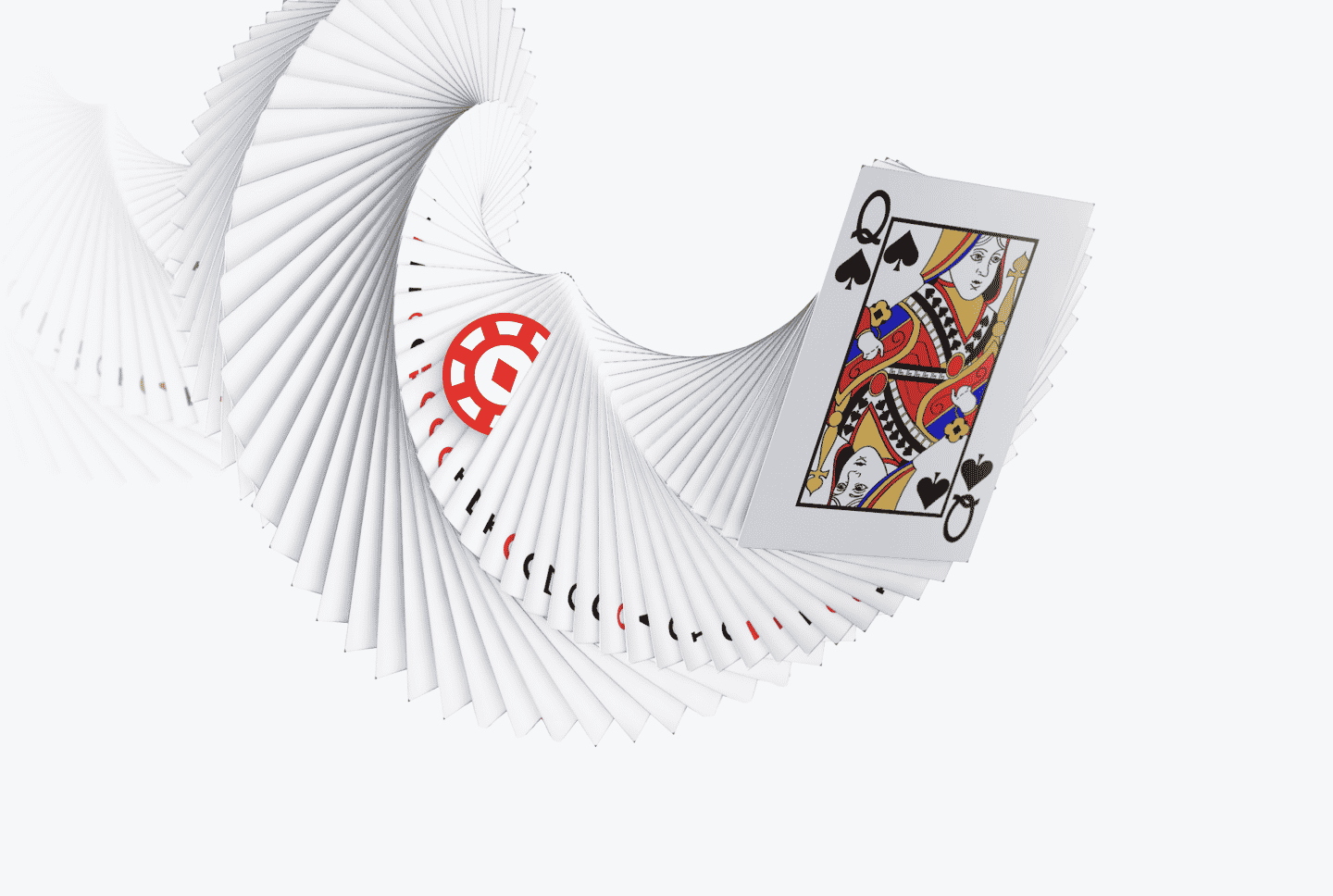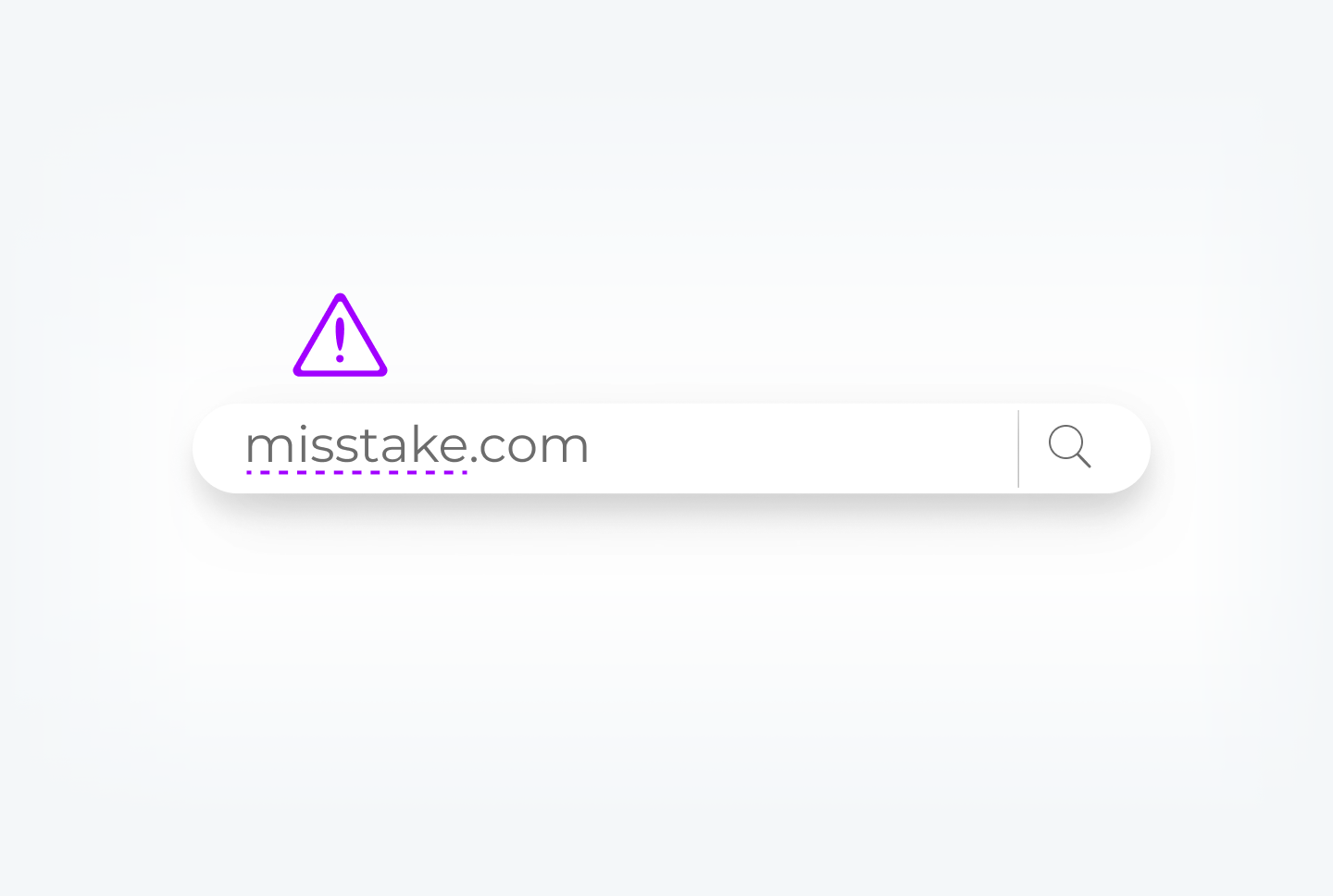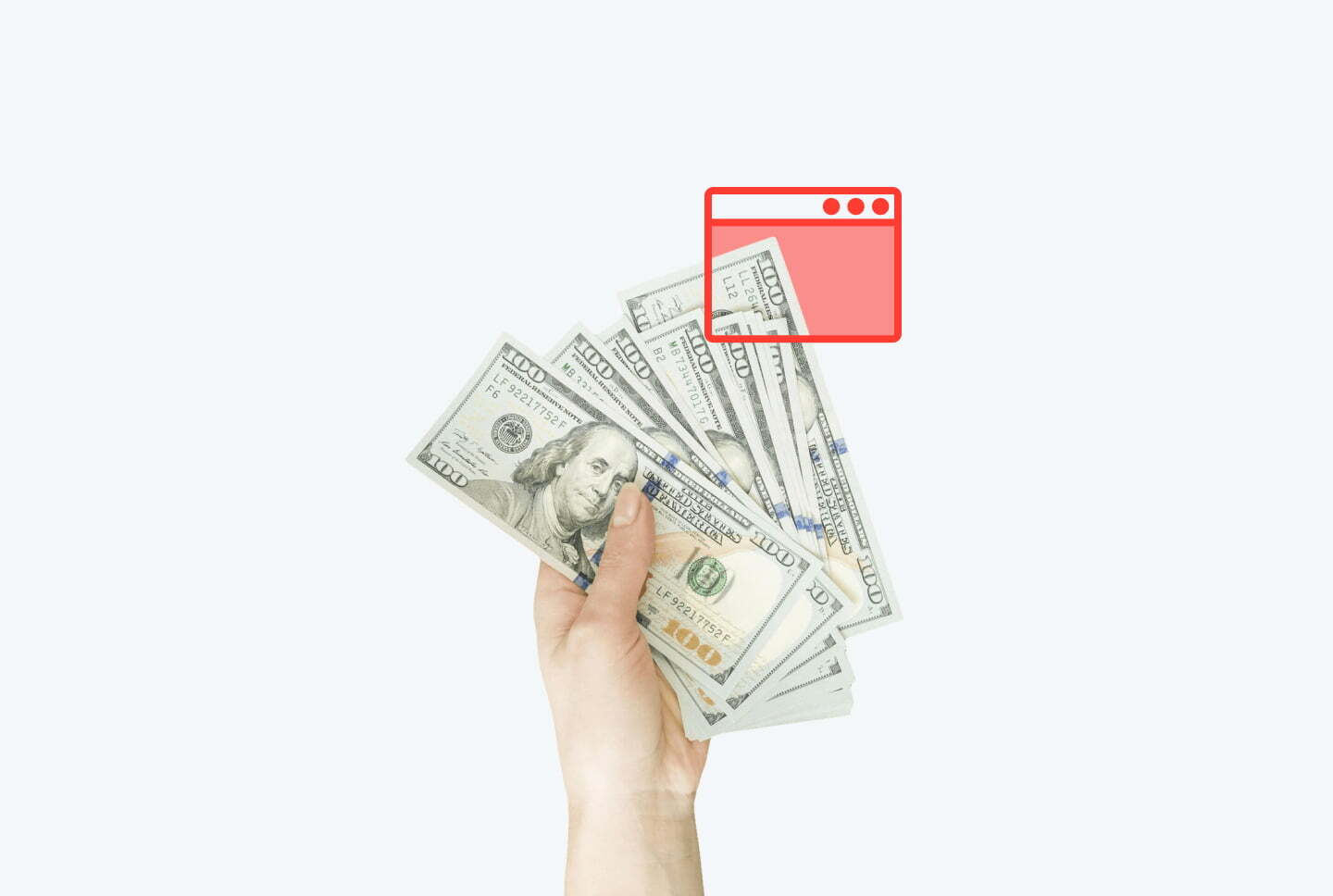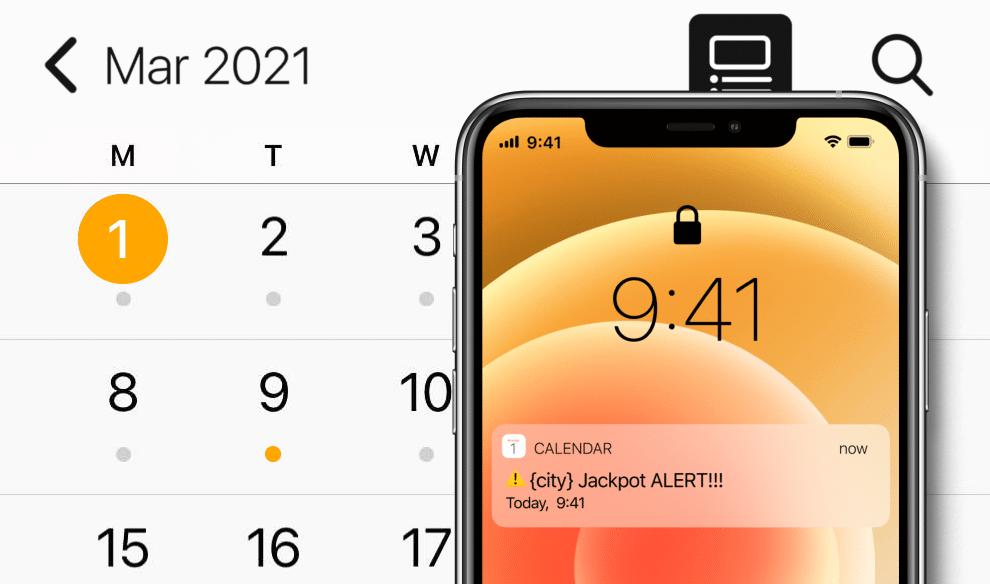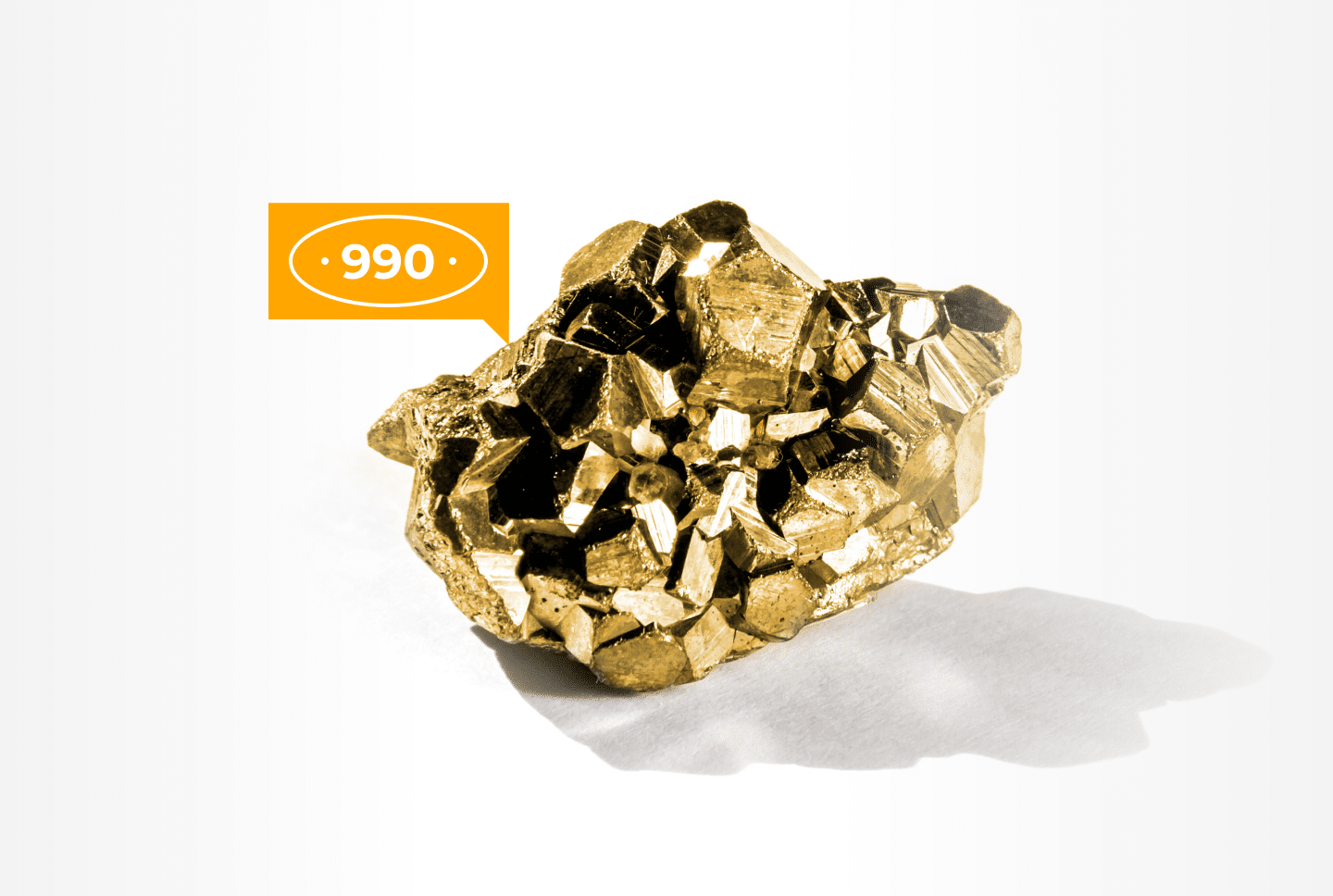Most of the resources that place advertising use two pricing models: CPC and CPM.
These pricing models can be used to buy ads:
- directly from the owners of large websites;
- in ad networks that have built a base with an audience and are ready to show ads for a fee. Here you can buy advertisements in different formats: banners, push notifications, pop-up pages, and much more. This point also includes advertising in social networks.
CPC definition
CPC’s meaning is quite simple: each user’s click on your ad is paid. The term itself is literally translated as Cost per Click.

It doesn’t matter how many people saw the ad. The main thing is how many are interested in the offer and clicked on it to move on.
Let’s say 1000 people saw your ad, but only 150 clicked on it. Working on the CPC pricing, you will pay only for 150 clicks.
Not to waste your advertising budget on useless clicks, you need to limit the number of clicks that a user can make during the day. Thus, you will exclude the situation when the user clicks on the ad many times and does not perform the targeted action.
As a rule, the second click more often leads to the targeted action than the first one. After 3 clicks per day, the chances of conversion decreases. We recommend setting a limit of 2 clicks per user per day.
RichAds experts

CPM definition
CPM (Cost per Mille) meaning implies that you pay for every 1000 impressions of your ads. In this case, you don’t have to pay for clicks on the ads.

The thing is that such a model does not guarantee that the user will convert. This means that after 1000 impressions, there may be 50 purchases or none.
To avoid this, work out creatives and landing pages as effectively as possible, make them understandable at first glance.
CPM is chosen by the marketers who are confident in a high CTR of their ads: using the CPM model, they can lower the cost per click in comparison with the CPC model.
Affiliate marketers believe that CPM campaigns are great for brand promotion: the more you are seen and remembered, the more benefits you will get in the future. Typically, this strategy works well for brands with large advertising budgets where the goal is to acquaint rather than sell.
Simultaneously, the cost per impression model is suitable for advertising popular products in ad networks with a low price per 1000 impressions.
Also, for a CPM model, understanding your audience and the ability to target it as accurately as possible play an important role. Not all ad formats available today allow this. By choosing the right audience, you reduce the risk of wasting your budget for empty impressions.
It is possible and necessary to collect personal blacklists (sources that do not bring conversions) in ad networks to immediately exclude sources within the network that show poor results.
RichAds experts

CPC vs CPM: what to choose?
Choosing between cost per click and cost per mile is not always a simple decision.
At first glance, it seems that you need to choose the CPC (Cost per Click) model. It is more predictable and stable. CPC allows you to more accurately predict how many clicks you will receive based on your budget.
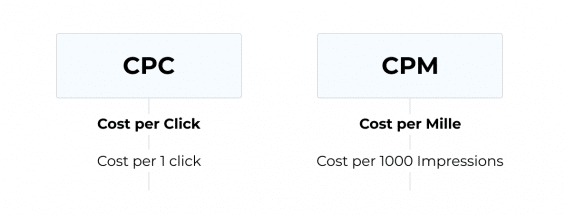
Buying traffic using the CPM model is riskier. You won’t be able to predict what results will be received.
For Cost Per Mille, creatives are super important. Whether users will move along the sales funnel depends on them. A lot of emphasis should be placed on tests. Carefully analyze the results to find those creatives that will work best.
Ultimately, everything depends not even on clicks or visits, but on conversions (registration, download). And in this case, it will be helpful to count.
Let’s say your goal is to sell a hair growth product for $5.
CPC model calculation
Your budget is $100.
CPC traffic costs $ 0.05 per click.
For your budget, you got 100/$ 0.05 = 2000 clicks.
Of these, 50 people bought your product.
Received: 50*$5 = $250.
Your income: $250-$100 = $150.
CPM model calculation
Let’s say you bought CPM traffic for the same $100 for $1 per 1000 impressions.
This means that 100.000 users saw your ad.
What is the probability that 100 of them will buy your item? It depends on the product, but the figure can be much more than 100.
Received: 100*$ 5 = $500.
Your income: $500-$100 = $400.
It’s up to you how much you are ready to take risks. Experts often recommend leaving the CPM model for scaling when you know that the winning creative-landing page combinations are profitable. There is less possibility of losing money. And you can earn more.
When given the option, it’s typically safer to start with CPC simply because then you know exactly what you’re going to pay per click. Once you have good ads performing, I’ll typically want to switch to a CPM because you can potentially decrease your CPC.
Luke Kling, Affiliate Marketing Expert, rules premium affiliate community affLIFT
How to choose a CPC vs CPM ad price
CPM ads vs CPC ads: let’s say you have already chosen a traffic model for customer acquisition. An equally relevant question is which rate to choose so as not to miscalculate.
Some websites initially have a fixed fee for ad placement. There will be no difficulty in how much to pay.
If you buy traffic from a social or advertising network, the situation will be different. Here, the purchase of advertising is made based on bidding. Whoever places the highest bid will be ahead of others and get priority for showing their ad. Simply put, more users will be able to see it.
If you set a very low price relative to other advertisers, there is a risk that the ad will not be shown to anyone.
If the CTR of the ad will be low the ad campaign may be removed from the bidding.
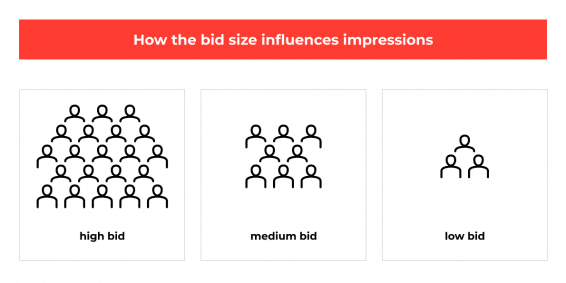
Some ad networks show a recommended bid for getting traffic to make it easier for marketers to organize their work. These numbers are useful to guide and not overpay.
In RichAds, you can see two prices at once: the recommended and the top bid.
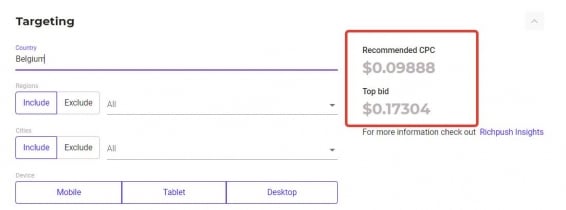
It doesn’t matter for which model (CPC or CPM), you buy ads. The main thing is not to go to extremes. Too high or low bid often fails.
The best strategy is to focus on the recommended bid and decrease or increase it depending on the results. Monitor whether your ads are getting impressions and how many. If there are few or no impressions at all, it’s a sign that you need to change your bid strategy upward.
RichAds experts
How much you spend on customer acquisition depends on the correct choice of model. At the same time, choosing the right CPC vs CPM model is no less important than making a cool advertising creative or choosing the bid with which you enter the bidding.
If you have any questions, please contact your personal RichAds managers. They will help set up the campaign and prepare creatives.
In RichAds, you can buy two ad formats: push and pop. Both are simple and appropriate to get started in affiliate marketing. CPC and CPM ad purchase prices start at $0.003.
Launch ads with RichAds
What is RichAds?
🔝 Push and pop ads,
🔼 CPC starts from $ 0.003,
🔝 CPM from $0,3 in Tier 3, $0,5 in Tier 2, $1 in Tier 1,
⏫ large volumes of available traffic in more than 200 goes.


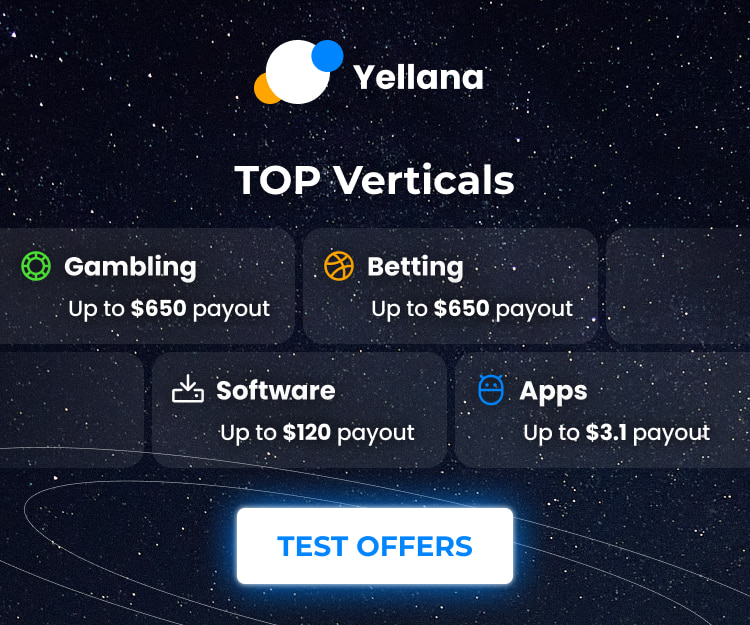


 Luke Kling, Affiliate Marketing Expert, rules premium affiliate community affLIFT
Luke Kling, Affiliate Marketing Expert, rules premium affiliate community affLIFT

